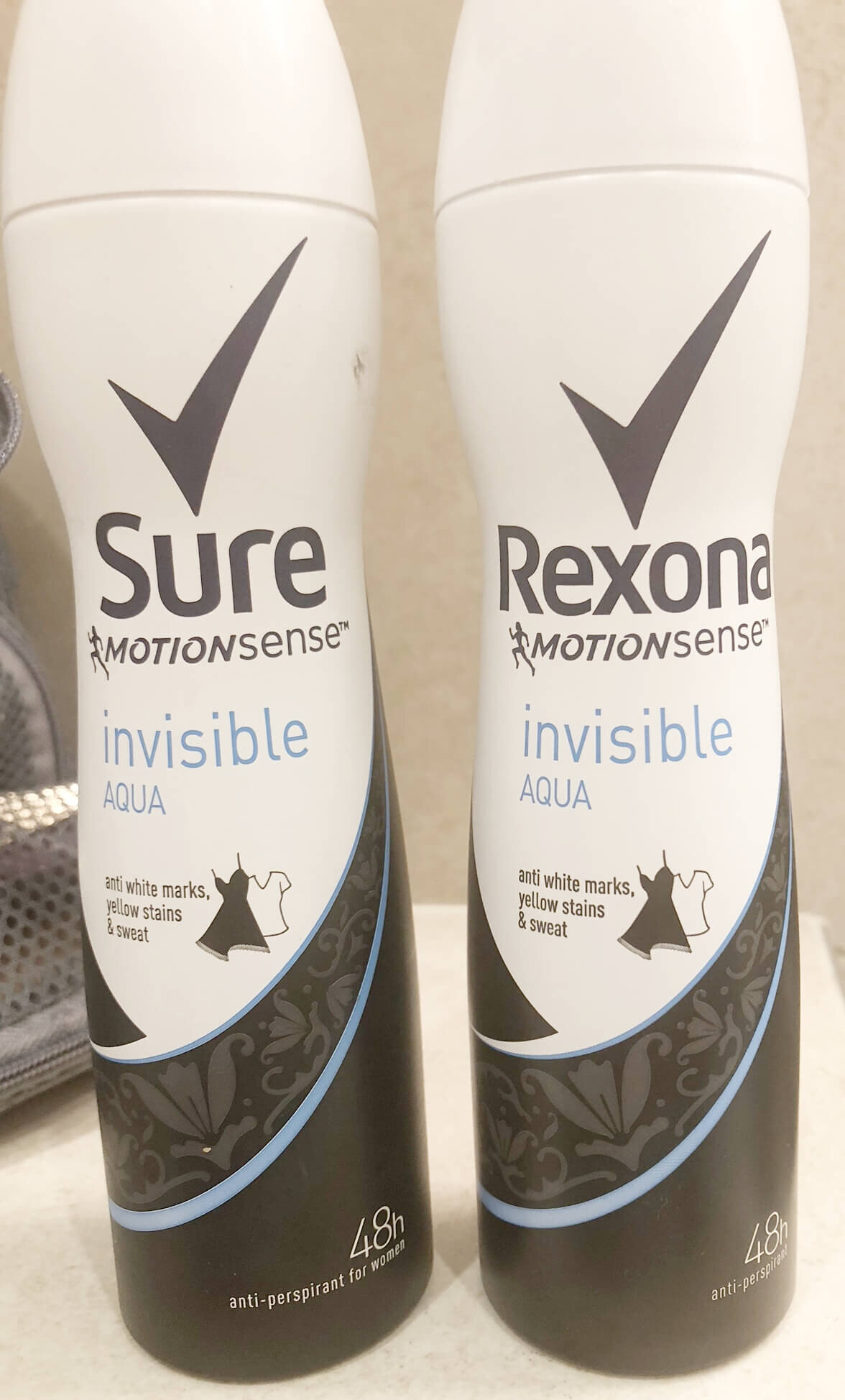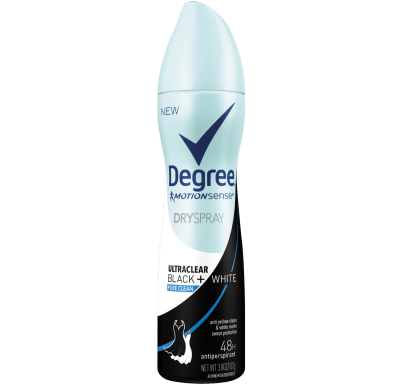Localising Products for New Markets
Getting your products ready for an international market isn't just about straightforward pack copy translation (whether to communicate with your customers or to conform to local legislative requirements).
Localising your product for international markets raises many other necessary considerations. Here's an example of a Unilever deodorant. The left-hand can was purchased in the UK and the right hand can was purchased in Croatia.
Looking at the languages and information on the reverse of the right-hand can, we can see that this product is intended for Hungary, Czech Republic, Croatia, Bosnia and Herzegovina, Slovenia and Slovakia.
Let's compare each element.
FRONT OF PACK
Product Name
This is the only change on the front of the pack. We (being UK centric...) initially assumed that our brand 'Sure' had its named changed to be easier to pronounce in different countries.
However, this isn't the case (a lesson to us here that we aren't the centre of the world...). ‘Rexona’ was originally an Australian brand which Unilever purchased and they now market it across the world. Luckily, the name 'Rexona' is much more easily pronounced in most European languages than 'Sure'.
As an example, here's the phonetic pronunciations of 'Sure' (pronounced shur /ʃɔː(r)/ or /ʃʊə(r)/in English) in other languages:
German: "Zoo-rah"
Dutch: "Su-rah"
Hungarian: "Shura" (ʃʊre)
Polish: "Soora"
French: "Shur"
So you can see that brand continuity wouldn't be retained in international markets if the product were branded 'Sure'. Is this something you should be considering when localising your brand and product names?
The product is known as 'Degree' in the U.S.and Canada, 'Rexena' in Japan and 'Shield' in South Africa.
What's interesting is that only 'Sure' and 'Shield' have a meaning related to the product benefits.
Logo
The logos have been left the same, bar the change of name. We feel that this is logical due to the fact that there are no elements within the logo which could be confusing or inappropriate for the markets intended. It also harmonises the marketing of the products.
Pack Design
Again, the pack designs are as similar as possible.
Retains brand recognition.
Harmonises marketing.
Less costly and time-saving than having different creative designs.
There appears to be no cultural reason why the design should be altered.
BACK OF PACK
Here's where we see the most differences, which stems from necessity, given that Unilever wish to sell the product in 6 different markets.
When the product is to be sold in one market (or in one language), even on a relatively small pack such as this, you have the luxury of space to make design choices and highlight important sales copy.
Country v Language
The English language product on the left is probably only intended for the UK, given the information provided on pack. Even though it could be understood in other English-speaking markets, mandatorily required legislatively controlled copy for other markets does not appear - it's unlikely that this is the same product sold in Australia, for example.
When manufacturing a product for more than one market, you have to consider how this information changes. Space is certainly no longer a luxury - in fact it often turns into one of the logistical issues.
BACK OF PACK INFORMATION / TRANSLATIONS
| UK Pack | Localised Pack | |
|---|---|---|
| Unlock Instructions | Yes | No |
| Shake Pack diagram | No - Explained in copy. | Yes |
| Brand Name | Yes | No |
| Product Name | Yes | No |
| Marketing Copy | Yes | No |
| Directions for use | Yes | Yes |
| Safety Instruction | Yes | Yes |
| Ingredients | Yes | Yes - International Nomenclature for Cosmetic Ingredients (INCI) / CosIng. |
| Customer Service Tel No | Yes | Yes - For each country. |
| Unilever Logo | Yes | Yes |
| Unliever Web Address | Yes | Yes |
| Unilever UK Address | Yes | Yes |
| Warning Copy | Yes | Yes |
| Solvent Abuse Warning Copy | Yes | No |
| Weight | Yes | Yes |
| Flammable Symbol | Yes | Yes |
| European e-mark | Yes | Yes |
| Mobius loop / chasing arrows Symbol (recycling) | Yes - With 'ALU'. | Yes - With recycling code 41 and 'ALU'. |
| European Green Dot Symbol | Yes | Yes |
| Bar Code | Yes | Yes |
| SKU Code | Yes | Yes |
We can see here that due to space available, marketing elements have been removed so that information for 6 markets is featured. If you cannot use the International Nomenclature for Cosmetic Ingredients (INCI) / CosIng, you would also need a separate ingredients deck for each language. What would you sacrifice to make space for this?
How would these considerations affect your brand and product when sold internationally?
Can We Help?
Working with our legal compliance partners, Talking Heads works on all aspects of your product localisation: translation, multilingual typesetting and legal compliance in market.
#localization #export #producttranslation





